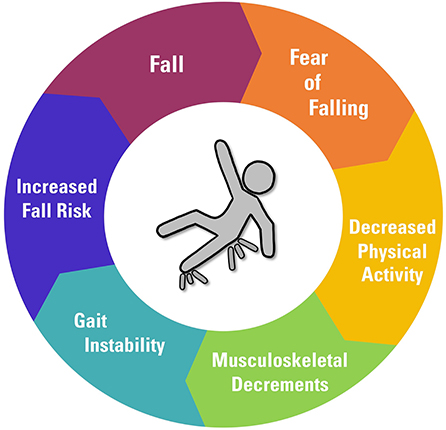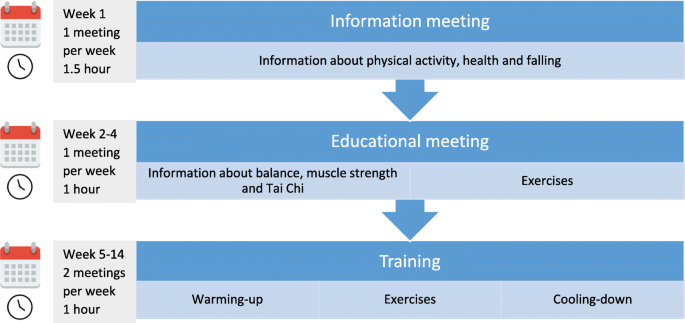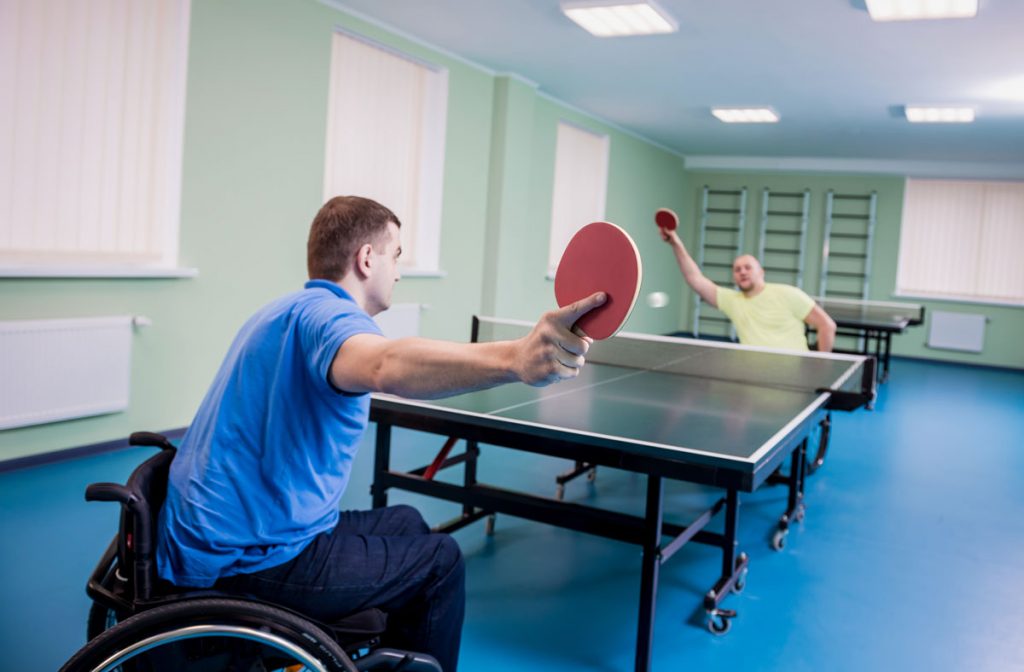The 9-Second Trick For Dementia Fall Risk
6 Simple Techniques For Dementia Fall Risk
Table of Contents8 Simple Techniques For Dementia Fall RiskFascination About Dementia Fall RiskFacts About Dementia Fall Risk Uncovered5 Simple Techniques For Dementia Fall Risk
A fall threat evaluation checks to see just how most likely it is that you will certainly drop. The assessment usually includes: This consists of a series of questions concerning your total wellness and if you have actually had previous drops or problems with balance, standing, and/or strolling.STEADI consists of screening, evaluating, and intervention. Interventions are referrals that might decrease your danger of falling. STEADI includes 3 actions: you for your risk of falling for your danger variables that can be improved to attempt to stop falls (as an example, equilibrium issues, damaged vision) to lower your danger of falling by utilizing efficient methods (as an example, offering education and sources), you may be asked numerous inquiries consisting of: Have you fallen in the previous year? Do you really feel unstable when standing or walking? Are you bothered with dropping?, your service provider will evaluate your strength, balance, and gait, utilizing the complying with fall analysis tools: This examination checks your gait.
You'll sit down once again. Your company will examine the length of time it takes you to do this. If it takes you 12 seconds or more, it might imply you are at higher threat for a loss. This examination checks strength and balance. You'll being in a chair with your arms crossed over your breast.
The placements will certainly get more difficult as you go. Stand with your feet side-by-side. Move one foot halfway onward, so the instep is touching the huge toe of your various other foot. Relocate one foot completely in front of the various other, so the toes are touching the heel of your various other foot.
What Does Dementia Fall Risk Mean?
The majority of drops take place as an outcome of multiple adding factors; as a result, handling the threat of dropping starts with determining the factors that contribute to drop threat - Dementia Fall Risk. Several of the most appropriate threat factors consist of: Background of prior fallsChronic medical conditionsAcute illnessImpaired stride and equilibrium, reduced extremity weaknessCognitive impairmentChanges in visionCertain risky drugs and polypharmacyEnvironmental elements can likewise enhance the danger for falls, including: Insufficient lightingUneven or damaged flooringWet or slippery floorsMissing or damaged hand rails and grab barsDamaged or incorrectly fitted equipment, such as beds, wheelchairs, or walkersImproper use of assistive devicesInadequate supervision of the individuals living in the NF, consisting of those that show hostile behaviorsA effective loss risk management program calls for a complete medical evaluation, with input from all participants of the interdisciplinary team

The care strategy should also include treatments that are system-based, such as those that advertise a risk-free atmosphere (ideal lights, hand rails, get bars, etc). The performance of the treatments need to be assessed regularly, and the care plan revised as required to show changes in the autumn threat analysis. Carrying out an autumn danger management system making use of evidence-based ideal technique can decrease the prevalence of falls in the NF, while restricting the possibility for fall-related injuries.
How Dementia Fall Risk can Save You Time, Stress, and Money.
The AGS/BGS guideline suggests evaluating all grownups additional info matured 65 years and older for loss danger each year. This testing includes asking clients whether they have fallen 2 or more times in the past year or sought medical attention for a fall, or, if they have not dropped, whether they really feel unsteady when walking.
People that have actually fallen as soon as without injury should have their balance and stride assessed; those with stride or equilibrium irregularities must get extra analysis. A background of 1 autumn without injury and without gait or equilibrium troubles does not call for further analysis beyond ongoing annual fall risk testing. Dementia Fall Risk. A fall danger assessment is needed as part of the Welcome to Medicare assessment

Dementia Fall Risk for Beginners
Recording a drops history is one of Related Site the high quality indications for loss prevention and management. Psychoactive medicines in particular are independent predictors of drops.
Postural hypotension can commonly be eased by lowering the dosage of blood pressurelowering medications and/or quiting medicines that have orthostatic hypotension as an adverse effects. Use of above-the-knee support pipe and copulating the head of the bed boosted read the full info here might also reduce postural decreases in blood stress. The suggested aspects of a fall-focused health examination are received Box 1.

A yank time higher than or equivalent to 12 secs suggests high fall danger. The 30-Second Chair Stand test analyzes reduced extremity stamina and equilibrium. Being unable to stand from a chair of knee height without utilizing one's arms suggests increased fall threat. The 4-Stage Equilibrium test assesses fixed equilibrium by having the client stand in 4 placements, each progressively much more difficult.